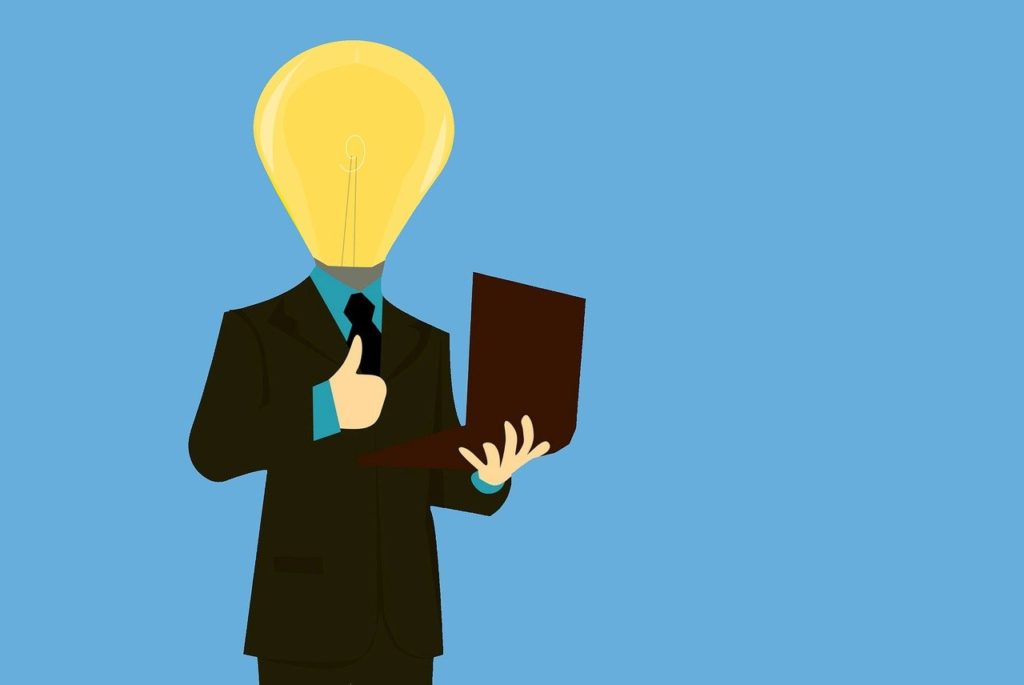
Adjusting and controlling lighting with voice control and smartphones are some of the most significant advantages of smart bulbs.
Many enjoy having the choice to use low light to cut back on energy costs.
Yet, do smart bulbs use less energy in dim settings, or is energy still consumed through other features?
Smart Bulbs do use less energy when dimmed because they decrease the flow of electricity by operating at a lower output. However, if a 60W bulb is dimmed to 40W, it will use more energy than a 40W on maximum power. This is because the switch it runs through also needs the energy to operate.
In this article, I’ll explain when and how smart bulbs conserve electricity.
I’ll detail how smart bulbs use electricity and how dimmers work with your smartphone or other devices. I’ll also provide tips for how to make your smart bulbs more efficient.
How Smart Bulb Dimmers Work
Smart lighting is simple. It’s the same as regular lighting, except you can control it from your smartphone.
These high-tech lights communicate using a Wi-Fi signal, allowing complete control of the switch with a swipe and a tap.
You can control the brightness of the bulb and even the color with selected products.
Over the last few decades, lightbulb efficiency has dramatically increased as we have moved from incandescent light bulbs to more conventional LEDs and finally into smart lighting.
Using a dimmer switch with modern and smart lightbulbs can drastically reduce the bulb’s energy.
It can create mood lighting, completely changing the look and feel of each room.
Essentially the switch will let you decrease the amount of AC voltage that reaches the bulb.
The dimmer allows you to decrease the amount of light and heat energy produced by the fixture.
The amount of electricity used to power the light will reduce, thus helping the environment, and it will help reduce your energy bill!
Fortunately, smart bulb dimmers work the exact same way.
I think it’s time to say goodbye to the old-fashioned switch and a big welcome to controlling your lighting without leaving the comforts of your seat!
Do Smart Bulbs Use Electricity Even When Turned Off?
It’s natural to wonder if your smart bulbs still use power even when off. After all, the bulb isn’t in use, so why would it need to draw power?
Smart bulbs use electricity even when turned off as they communicate with your smartphone or device. It needs to know when the bulbs are turned on, off, or dimmed. However, the amount of power used is so insignificant that it’s hard to measure the amount of energy it draws out.
Rest assured, LED light bulbs don’t use a lot of electricity at all, as the average LED lightbulb costs only $0.43 a month to run –talk about cheap!
How To Make Your Smart Bulbs More Efficient
Fortunately, there are many ways to make your smart bulb more efficient.
They are already much easier and more efficient than the classic bulb, but did you know there are more ways to make it even more effective!
Some ways to make Smart Bulbs more effective include: Setting automatic timers, dimming your lights during the day, turning your lights off when you leave the room, and using natural light instead.
Set Automatic Timers
Setting an automatic timer on your smart bulb can help reduce energy use.
Using an app to set these parameters will allow you to select specific times for your lights to go off and on.
You won’t need to remember to turn off the lights when you leave the building anymore!
Automatic timers can also help you improve your sleeping.
By naturally dimming and brightening lights, you can wake yourself up using lighting instead of loud alarms!
Dim Your Lights During the Day
Dimming or turning your lights off during the day can help you save electricity.
Allow other sources of light to light up your room instead!
Dimming your lights will reduce the amount of electricity the bulb uses.
It will also reduce your carbon footprint!
Turn Off Your Lights When You Leave a Room
It sounds as simple as it is; just turn your lights off!
There is a switch on the wall for a reason.
Use it! There’s no need to waste energy when no one uses that light.
It is a sensible habit that you should start today!
Use Natural Light Instead
If you have the option to use natural light, don’t hesitate.
Natural lighting is a much cleaner and brighter source of lighting.
It can completely change the feel of any room. As a bonus, natural light is completely free!
Why You Should Start Replacing Regular Bulbs With Smart Bulbs
Regular light bulbs simply don’t last as long as modern/smart bulbs.
On average, a smart bulb will last up to 20,000 hours, whereas incandescent light lasts around 1000 hours.
That is a 20,000 increase.
Smart Bulbs also cost less to run, averaging about $0.43 a month; that’s just a spare change!
It would help if you replaced your light bulbs with smart bulbs because you’ll have a lot more freedom with how the lighting looks and affects each room.
Smart lighting is also more economical, and you can control when the lights go on and off without being in the room and can also set it on a timer.
You’ll never forget to turn off the lights again!
To Conclude: Do Smart Bulbs Use Less Energy When Dimmed?
Smart bulbs do use less energy when dimmed.
This occurs because the dimmer decreases the AC voltage running through the system, generating less heat and light energy.
And since the bulb is an LED, it doesn’t use much power anyway.
Unfortunately, smart bulbs use energy, even while “off,” as they have to communicate with your phone, device, or smart system.
They also use Wi-Fi to communicate. However, the power they draw is so insignificant that it practically costs nothing to run.
